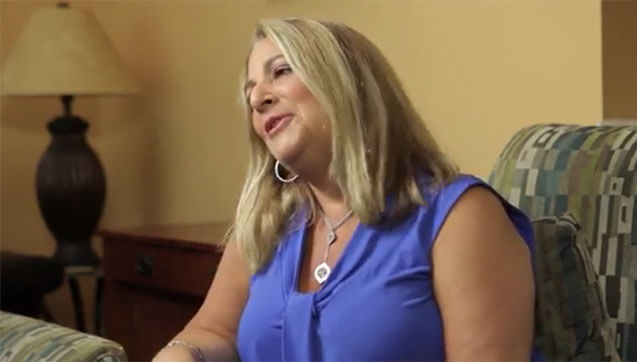The last bone at the bottom of your spine is called the coccyx, more commonly referred to as the tailbone. Coccydynia is pain experienced in your tailbone due to injury or strain to the bone or the ligaments and muscles surrounding it.
For some patients, this pain resolves on its own after a few weeks or months. However, if you are experiencing chronic coccydynia, then it’s time to contact the spine specialists at Spine INA. If left untreated, coccydynia can severely impair your ability to carry out the activities you enjoy doing every day.
What Is Coccydynia?
When inflammation occurs in the bony area deep between the buttocks just above the anus, this is what causes coccydynia. The disorder is associated with pain and tenderness in the tailbone region. You may find that sitting only worsens your coccyx pain.
Many patients describe their pain as follows:
- Dull and achy the majority of the time
- Occasionally sharp
- Shooting leg pain or pain in their back, buttocks and hips
- Grows worse when moving from a sitting to a standing position or after standing for long periods of time
- Bowel movements and sexual intercourse can also worsen the pain
- Makes it difficult to sleep, drive, bend over or carry out other everyday activities









